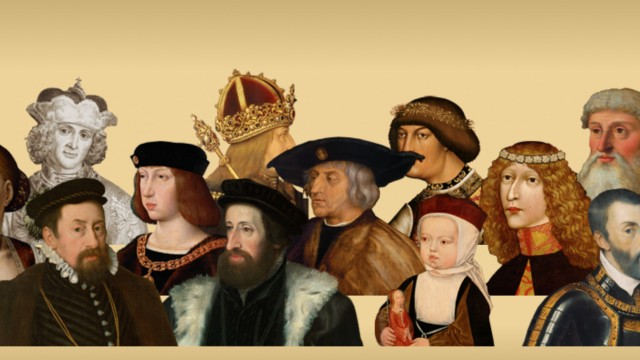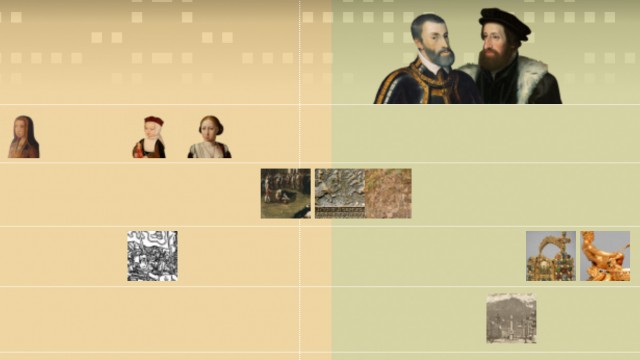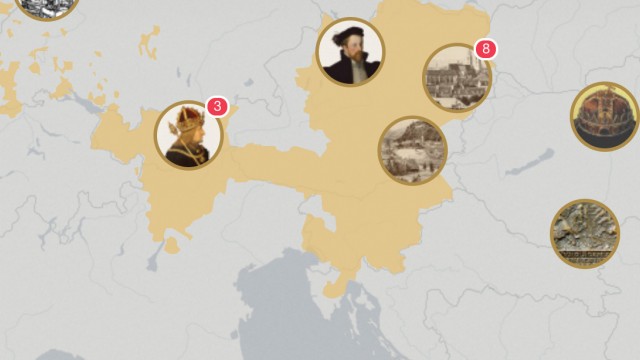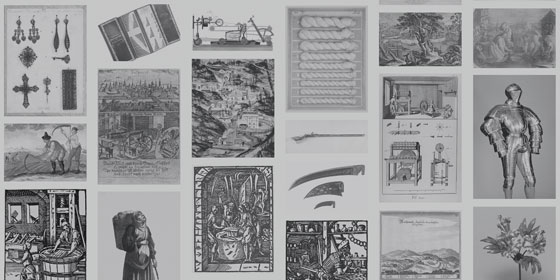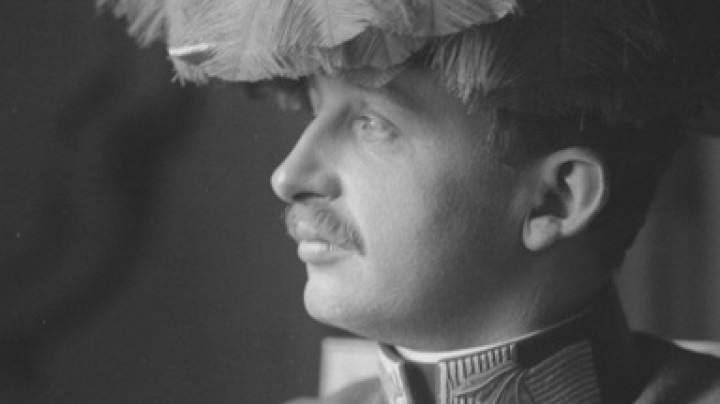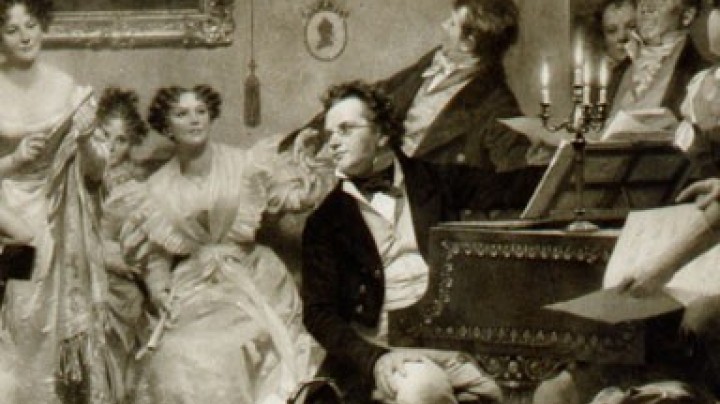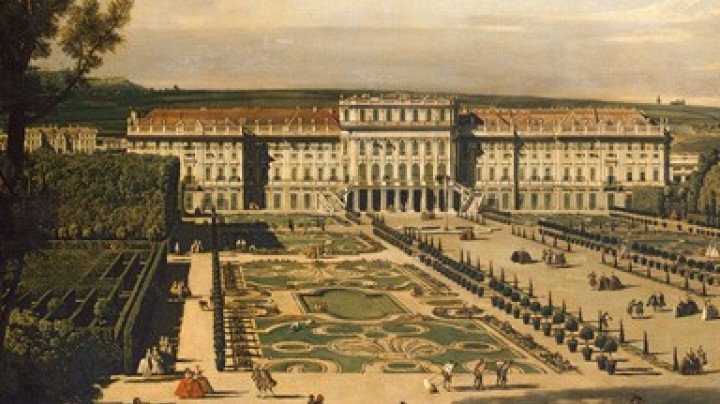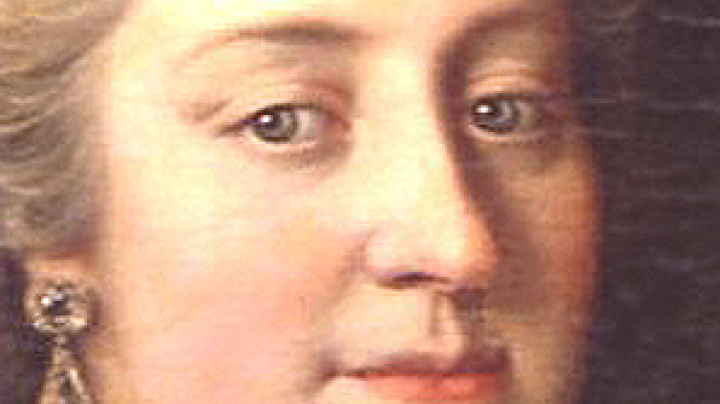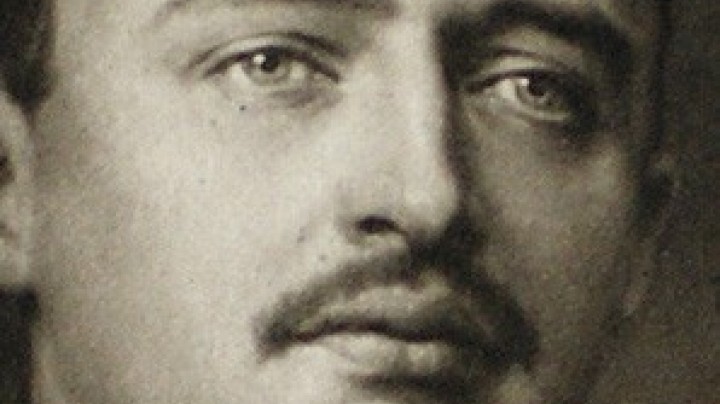Zum Kanon der Schulbildung gehörte es, dass man den Titel des Kaisers auswendig lernte. Jeder Schüler und jed…
His Imperial and Royal Apostolic Majesty
Franz Joseph I
By the Grace of God Emperor of Austria
King of Hungary and Bohemia, of Dalmatia, Croatia, Slavonia, Galicia,
Lodomeria and Illyria;
King of Jerusalem, etc.,
Archduke of Austria,
Grand Duke of Tuscany and Cracow,
Duke of Lorraine, of Salzburg, Styria, Carinthia, Carniola and Bukovina;
Grand Prince of Transylvania, Margrave of Moravia;
Duke of Upper and Lower Silesia, of Modena, Parma, Piacenza and Guastalla, of
Auschwitz and Sator, of Teschen, Friuli, Ragusa and Zara,
Princely Count of Habsburg and Tyrol, of Kyburg, Gorizia and Gradisca;
Prince of Trento and Brixen;
Margrave of Upper and Lower Lusatia and Istria;
Count of Hohenembs, Feldkirch, Bregenz, Sonnenberg, etc.,
Lord of Trieste, of Cattaro and above the County of Windisch
Grand Voivode in the Voivodina of Serbia
Etc., etc.
